New blender sculpting is coming soon.
-
bloody nice work in that model michalis!

-
Thanks Oli.
Pilou said that blender is a black hole that eats everything.
Not quite true, because it loses blood as well. Most developers find a work, sooner or later, and leave unfinished parts. It's a true war. Who will be the winner, we can't say. For every dev blender loses, three new are taking his place.
Interesting, isn't it?We have to pay for the software we use. If not, this turns us to a cockroach or something.
In case of blender we should start donating. -
@unknownuser said:
For every dev blender loses, three new are taking his place.
 Modern restoration by Alessandro Algardi (XVIIe siècle)
Modern restoration by Alessandro Algardi (XVIIe siècle)
Herakles and Lerna's Hydra
-
@Pilou

Horrible sculpting BTW. A full macaroni. -
Hi Michalis,
what a wonderful sculpture



This man seems to be taken in his instant feeling. We can imagine his history, a hard and strong one certainly; no doubt a worthy personality ...
Bravo! for this pure sculpting.
This work hide completely the huge skill you manage to lead this work to this end.

I keep in mind the superlatives
+++Simon
-
Oh, SImon, you're too kind.
I'm trying hard for a more simple and spontaneous way to sculpt in a 3d environment.
To do, to draw, what you really need and nothing more, this is art IMO. Very difficult, though simple.
These days, we havea lot of apps that let us press some buttons and have some more or less impressive results.
More or less predictable results though. (Prometheus movie, demonstrates such art)
Zbrush is the winner. Though, sculpting there, under a render preview that only lies, you don't have any idea how your work looks under a decent render. A pathtraycer for instance.
That's why I prefer to work in blender. These few, from a 4 years zbrusher. -
Trivial question : do you use graphicpen or special mouse with Blender ?
-

A humble wacom, bamboo wide. Three years now.
I may buy a better one, soon.
For sculpting mostly.
In blender, in edit mode, I use my old favorite logitech G5, usb. -
@michaliszissiou said:
I'm trying hard for a more simple and spontaneous way to sculpt in a 3d environment.
To do, to draw, what you really need and nothing more, this is art IMO. Very difficult, though simple.Hi Michalis,
Here are some works from ancient masters.
I just have scanned for you three pictures taken by Luciano Pedicini around the Farnese collection of antique sculptures: Museo Archeologico Nazionale di Napoli, Material: Marble.Farnese Palace
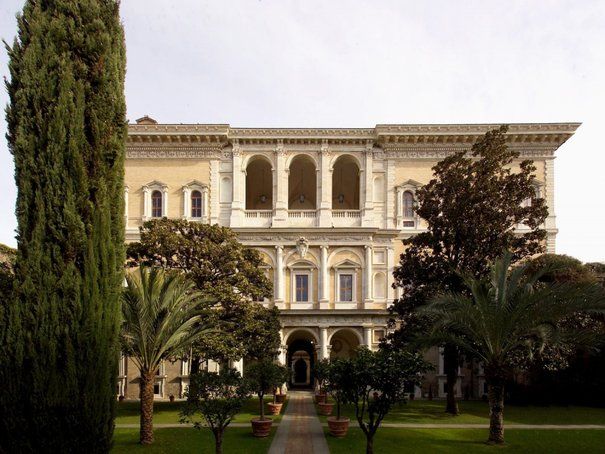
Antinoüs _ Farnèse, period of Hadrian (131 - 137 A.D.)
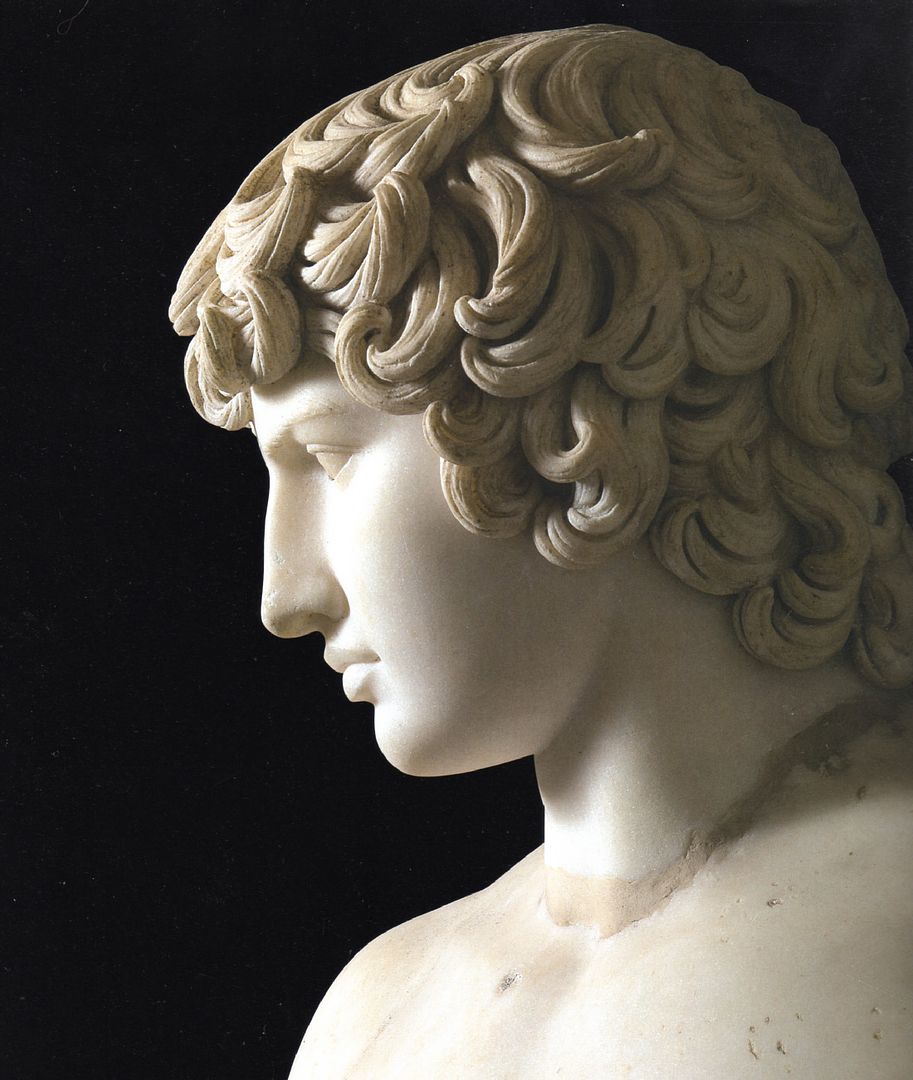
Venus Callipyge _ Farnèse. (first century A.D., marble copy of a Hellenistic work of the second century BC)
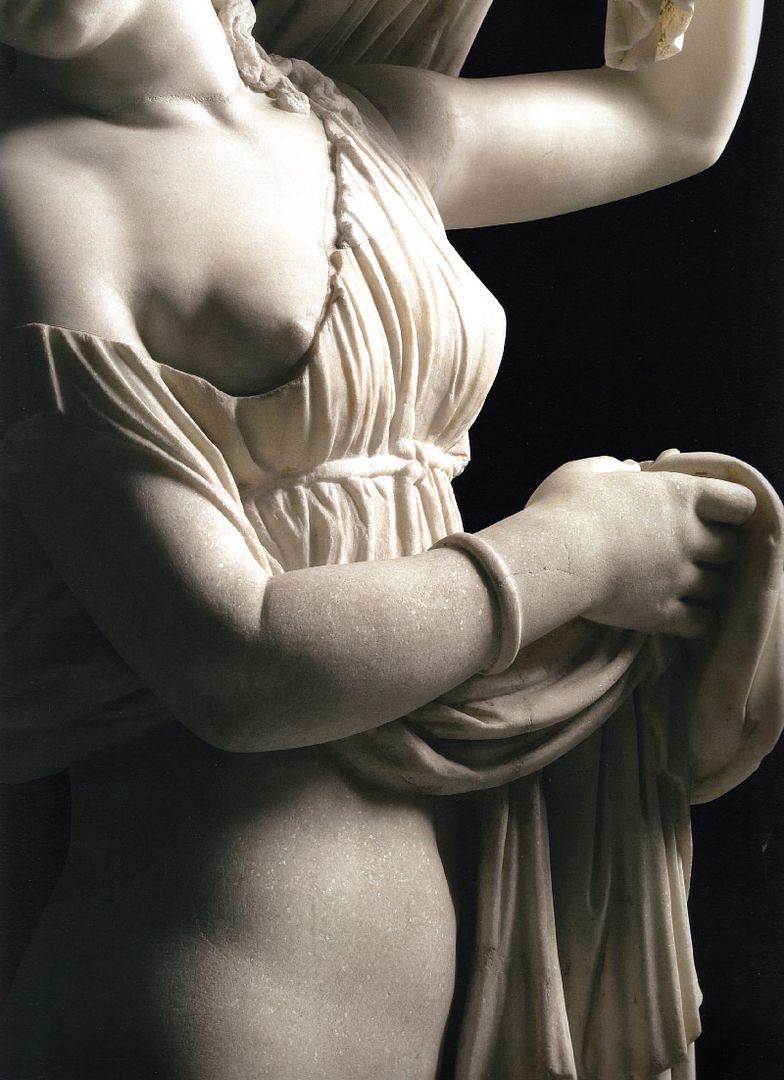
Pan and Daphnis _ Farnèse. (marble copy of an original of the second century BC)
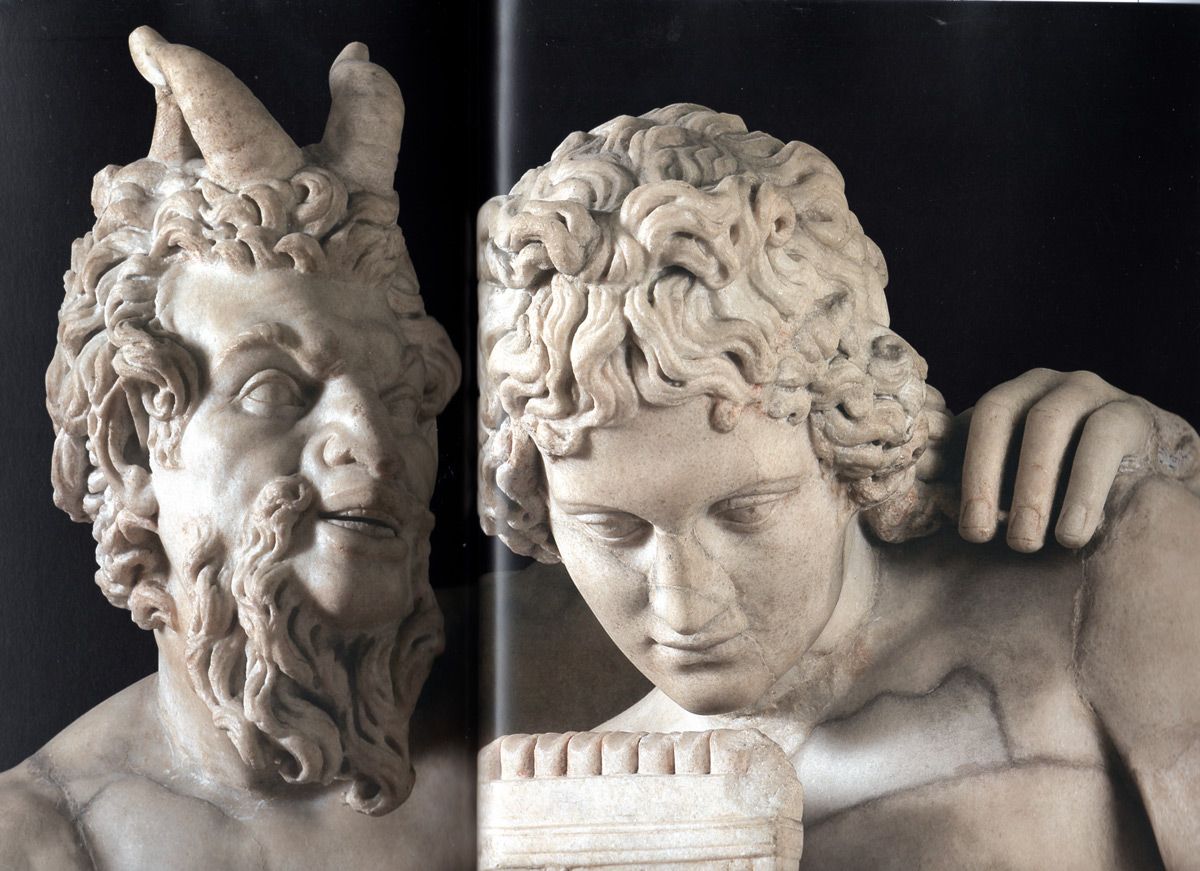
(good quality (25Mb) png pictures sent to you (just to feel the marble
 ))
))
@unknownuser said:
That's why I prefer to work in blender.
You are one of the guys who decides me to go and learn Blender. I know that will be hard, but no matter. My so little time at disposal is the bad point.
++ simon
-
Thank you Simon. So much!
Nice hellenistic - grecoroman sculpting.
Living in athens, I use to visit great places of art, like the archeological national museum. (even the ambiguous new acropolis museum). Sculpture of archaic or classic period is, by far, superior though.
Recently, I have this idea, this obsession: a key to unlock this mystery; how ancient greek sculptors were approaching the shapes, the drawing. It sounds weird but I found it in byzantine wall painting of ~1300.
It's a game of knowledge to me. This is why I virtually sculpt in a 3d environment.Marble. Difficult to approach it as a shader on a decent, pathtrace based renderer. Especially archaic, aged marbles, full of red oxides and the remains of the colors they had.
Regarding colors. Some approach from archeologists to show us how the ancient sculpture could look like are a bit ridiculous. So, straight to the source. Terracottas figurines demonstrate it.

-
@michaliszissiou said:
Recently, I have this idea, this obsession: a key to unlock this mystery; how ancient greek sculptors were approaching the shapes, the drawing.
I would like to propose you the reading of the first chapters of a book written by a French architect very important by many means (see a little Googling
 ). It could be able to provide you some answers to the questions that you are actually asking for.
). It could be able to provide you some answers to the questions that you are actually asking for.
The book is in two volumes. I have found the English translations by two different translators: the Henry Van Brunt one and the other by Benjamin Bucknall. I frankly do not know which is the best
Viollet-le-Duc, Eugène-Emmanuel, 1814-1879.
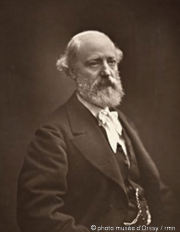
(please use the download links All Files: HTTPS or the editable web page on Open Library. Because Google books don't offers them anymore)
Discourses on architecture, translated from the French by Benjamin Bucknall.
http://archive.org/details/lecturesonarchi01violgoog
http://archive.org/details/lecturesonarchi02violgoogDiscourses on architecture, translated from the French by Henry Van Brunt
http://archive.org/details/discoursesonarc00violgoog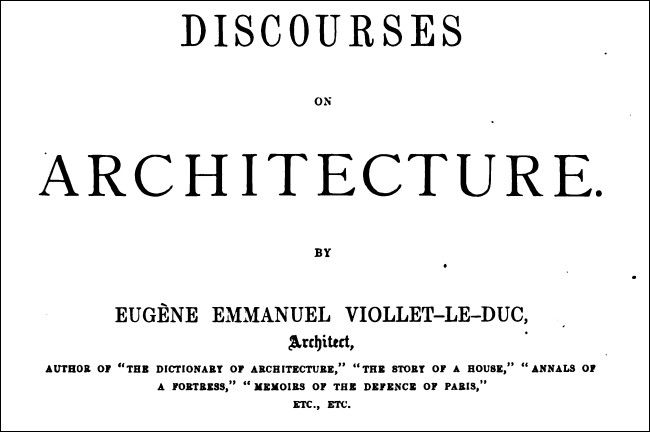
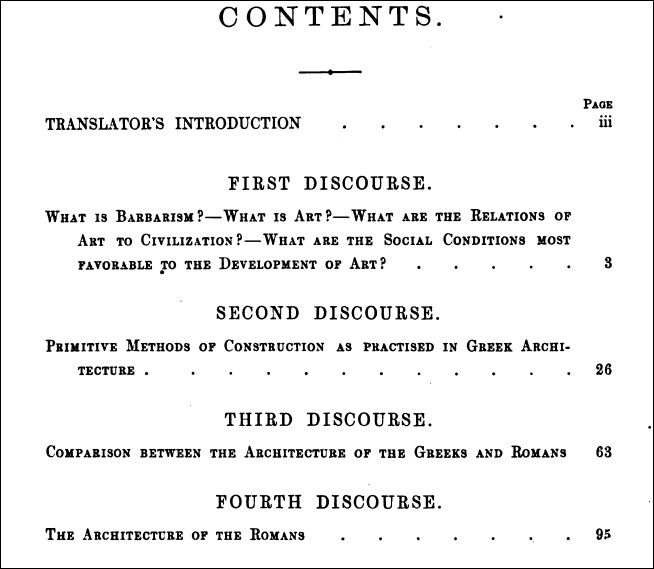
@unknownuser said:
p26
LECTURES ON ARCHITECTURE.
the man to the breast of the quadruped with such perfect address
that the most experienced critic would imagine he was contem-
plating a correct and delicate study from nature. The impossible
becomes so like reality that even now we think of the centaur as
living and moving, as well known to us as the dog or the cat.
The physiologist,—Cuvier in hand,—comes and proves that this
creature, which you know as well as if you had seen it running in
the woods, could never have existed,—that scientifically, it. is a
chimera,—that it could neither walk nor digest,—that its two
pairs of lungs and its two hearts are the most ridiculous of sup-
positions. Which would be the barbarian, the savant or the
Greek sculptor ? Neither : but the criticism of the savant shows
us that Art and the Knowledge of facts,—Art and Science,—Art
and Civilisation,—may hold their course utterly apart. What
matters it to me as an artist that a man of science proves to me
that such a being cannot exist, if I have the consciousness of its
existence; if I am familiar with its gait and its habits ; if my
imagination pictures it in the forests ; if I endow it with passions
and instincts ? Why rob me of my centaur ? What will the
man of science have gained when he has proved to me that I am
taking chimeras for realities ? Most certainly the Greeks of
Aristotle's time knew enough of anatomy to be aware that a
centaur could not actually exist; but they respected the Arts in
an equal degree with Science, and would not suffer the one to
destroy the other,—a sufficient proof, be it observed, that we have
in them a people which, for us artists at any rate, is not barbar-
ous. In the statuary of the Greeks, how many irregularities does
science disclose to us I how many faults does the anatomist
discover ! Whence then that nobility which casts a halo around
these works ? How is it that a Greek statue in a museum full
of competing objects of interest,—though mutilated, out of
place, in a false light, and mounted on a pedestal often absurdly
inappropriate,—still maintains an aspect of grandeur which makes
all neighbouring sculpture seem clumsy and vulgar ? Are we to
suppose that the Athenian women were all queenlike in their
mien and in the delicacy and beauty of their forms? Certainly
not. It was Art that imparted to those forms their inimitable
air of distinction; by Art, in fact, they were re-created.
Art, the same essentially, may present itself amongst other
nations, in a different type of civilisation, provided always that
it proceeds in the same manner, having its origin in the imagina-
tion of man, and using nature only as an instrument, with whose
recondite appliances it must be well acquainted, but of which it
must not be the slave. The sculptor who created the centaur,
succeeded in giving his fiction an air of reality, by attentively
studying the mechanism and the minute details of actual creation.Cheers,
Simon.
-
@michaliszissiou said:
Recently, I have this idea, this obsession: a key to unlock this mystery; how ancient greek sculptors were approaching the shapes, the drawing. It sounds weird but I found it in byzantine wall painting of ~1300.
It's a game of knowledge to me.Michaelis,
Please continue.

Here are some slide lectures that include those subjects. What do you think?
My only inkling on what you are saying is some similarities in the Kalos or standards of beauty. I think the ancient Greek sculptors' result is different than say, the Renaissance, or Modern sculpture, or yours. But you are talking about "approaching the shapes", not necessarily "results". Please elucidate if you have a moment. Peter
-
Hi Peter,
Kenny's site you propose to Michalis is a so great link

(actually watching: "Early Ancient Greek Sculpture Part1 of 2"
*s -
Thank you
But, why do you propose me all these sites?
LOL@unknownuser said:
a key to unlock this mystery
This is a quite personal game and has little to do with the history of art.
History of art... after a long period of my life in studying art (university of athens, school of fine arts) three years in history of art, etc... I can have my personal opinion on such matters.Kenney Mencher, no, I don't follow. I don't agree on almost all of what this man says. Sorry.
IMO, he doesn't have any idea of what he is talking about. In fact, he just talks.
A great idea, lol, was to edit this masterpiece in Ps. He tried to edit anatomy. He didn't realize that this wrong anatomy he was talking about, wasn't wrong at all. He even draw some lines from eye to ear to prove it. He didn't notice the pose though...
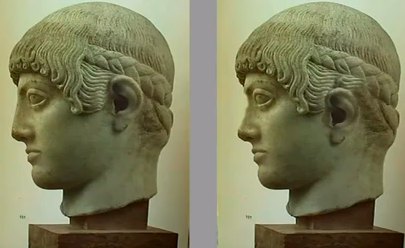
There're much much better books in history of art.
-
Hi Michalis,
I appologize if I have been unpleasant. It appears that your knowledge about art and art history is far lot more than I can personally pretend
 . So that you are the best positioned to help yourself by yourself.
. So that you are the best positioned to help yourself by yourself.
Your search is involving us (Peter and I), that's the reason why
In fact, I had thought to suggest you this reading since I have read myself this great man that have been Viollet-Le-Duc. If mine is little, his knowledge was incredibly vast and the scope of his work has revolutionized the history of art and architecture approach. But above all, he was a free thinker.
That's why I'm not ashamed to offer you this reading.@unknownuser said:
Si l’on considère qu’Eugène Viollet-le-Duc occupa la première chaire où figuraient explicitement les mots « histoire de l’art », il fut, en France, un des fondateurs de cette discipline. En se basant sur ces mêmes critères institutionnels, il faut toutefois constater que sa carrière de « professeur d’histoire de l’art et d’esthétique » fut remarquablement brève, limitée à sept leçons par le chahut de son auditoire.
with my sympathy,
Simon
-
Simon, I started reading Eugène-Emmanuel Viollet-le-Duc.
It will take me some time and it seems very interesting.
Thank you.It's the language barrier again.
I just meant that I found a kind of a key hidden in these excellent byzantine art of ~1300.
Such frescos that are described as caricatures in these Kenney Mencher's videos.
Their draperies, the portraits, all these are wrong in front of his eyes, wrong anatomy, etc.
He possibly don't understand. Actually, he doesn't understand why we use color in painting, how to organize it. How to organize the light, to capture it on a sculpt. How to draw exactly what we need and nothing more.
But when he comes to modern art, suddenly remembers all these. Good for him, it's never too late.
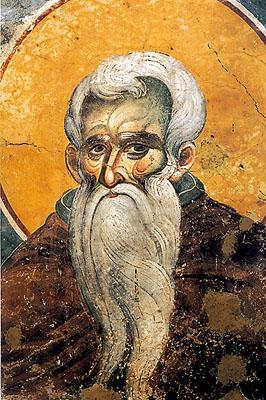
-
@unknownuser said:
Simon, I started reading Eugène-Emmanuel Viollet-le-Duc.
It will take me some time and it seems very interesting.
Thank you.Thank you to test this reading

As it is written in a manner of demonstrations, I'm afraid that it is difficult to read it in diagonal reading.
I hope you will send me a comment if this book attracts you enough to read more than few sheets.@unknownuser said:
(about Kenney Mencher) But when he comes to modern art, suddenly remembers all these. Good for him, it's never too late.
Demonstration that an angry man can be at the same time a kind man

++Simon.
-
I was wondering about your opinion and I got it. I wanted to understand your comments on the approach in ancient Greek sculpture better. I don't think that Kenney Menchner thinks these things are "wrong" but a different way of approaching art. I think he does demonstrate that Renaissance art tended for more of what we call realistic depiction today, while developing from Byzantine and Classic forms. Certainly there have been different ways from the beginning of time and all related too.
-
Well, I watched most of the videos of Menchner. IMO he says something wrong in every few sentences, especially when he comes into technical details. In fresco particularly. As he knows a little in byzantine art, as most western people, he also doesn't know that you can keep fresco workable for three days. So, in byzantine art, we don't see seams around a figure. He called it secco, but this isn't true. I learned how to achieve this. Fresco is a wonderful medium, the best. It's like painting in watercolor and oil, the same time. Unfortunately, it remains on a wall LOL.
But I liked the part on roman sculpting. It's the first time in the history of art that we see real portraits. Not only sculpting but painting as well (fayum portraits) (OK these last are more greek than roman but we usually call them grecoroman). -
I couldn't find any better, but this video has some interesting information.
http://www.youtube.com/watch?v=MLCW0zKR4xk&feature=related
It seems that they hadn't any autocad or sketchup app, but they were clever and very experienced.
Advertisement







